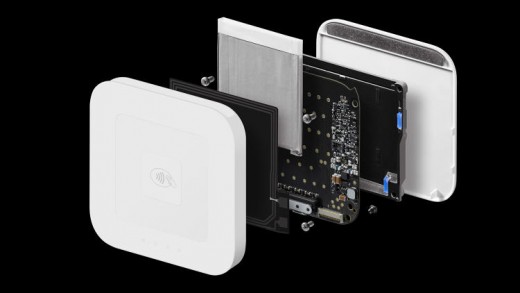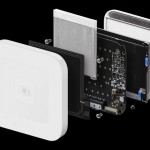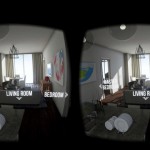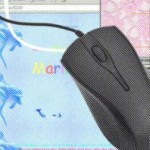The Design problem behind sq.’s New Reader
it can be uncommon for any startup to have as symbiotic a relationship with a single hardware software as sq. has had with its credit-card reader. the original model, which debuted in 2009, democratized credit score-card acceptance through building a magnetic-stripe reader into a tiny sq. gizmo that plugged into a smartphone’s headphone jack. mixed with sq.’s app and payment-processing service, which charged a flat rate per transaction, the reader let even the smallest of small businesses simply take plastic for the first time.
the company launched a model that was once both thinner and more robust in 2013. the subsequent year, it offered a twin-slot redesign that assist you to both swipe outdated-college cards and dip the brand new, more fraud-resistant ones which are geared up with embedded safety chips. after which it confirmed off but every other new reader at Apple’s WWDC keynote ultimate June, in an tremendously uncommon instance of a non-Apple hardware product being introduced at an Apple adventure.

in contrast to earlier evolutions of the reader, this one was once a placing departure—a so much larger, 2.6″ square slab of a system which related to telephones by way of Bluetooth, no longer the headphone jack, permitting clients to engage with it themselves somewhat than handing their playing cards to a merchant. the new standalone design was once caused in part by means of but some other new way to pay for stuff: cellular fee services and products akin to Apple Pay and Google’s Android Pay. quite than involving swiping or dipping a card, they will let you faucet your instrument to pay, using NFC, a expertise which has been round for years and is embedded in some cards, but which failed to topic so much except Apple Pay and its opponents arrived.
“the idea that you would be tapping my phone along with your telephone just failed to ring genuine to us,” says Jesse Dorogusker, square’s hardware lead on the grounds that 2011 and, in a previous existence, Apple’s engineering honcho for iPhone, iPad, and iPod accessories. “The NFC interplay is extra about, you regulate your cellphone and watch. you might be no longer going handy your cellphone to me. There has to be a technique for my space and your area to be mediated.” In different words, designing a brand new reader wasn’t with reference to reacting to a technological shift; there were social implications as smartly.
After unveiling the reader closing June, sq. progressively rolled it out, to start with in beta-check mode. the corporate started out taking preorders in November, and is now totally ramped up and promoting readers for immediate shipment.
retaining p.c. With payments
purchasing stuff with the aid of swiping a card with a magnetic stripe is hardly dead, nevertheless it’s officially a legacy expertise. together with the rest of the payments industry, sq.’s street map was closely influenced by way of a mandate from the foremost credit score companies designed to motivate using playing cards with embedded chips in response to EMV technology, which—particularly when coupled with a PIN—greatly scale back the chance of fraud. As of final October 1, card issuers shifted legal responsibility for fraudulent transactions carried out with a magstripe swipe from the card provider to the service provider, giving retailers each purpose to install the EMV-capable payment terminals.
“a billion bank cards that were all magazine stripe cards are slowly after which quick being reissued to consumers to include this new expertise at reasonable rate to the banks within the name of a safer solution,” Dorogusker says. “Some folks have them. My pockets is at last a hundred% flipped over.”
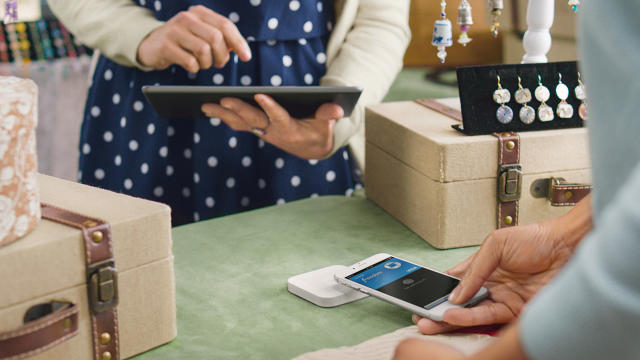
Even with cards in wallets, the transition has been messy. closing month, a research agency pronounced that nearly two-thirds of U.S. shops still don’t seem to be equipped for EMV transactions. another find out about mentioned that 80% of the shops who do have EMV-in a position readers don’t seem to be the use of them for EMV transactions. among both customers and sellers, there may be a good amount of bewilderment as swiping provides method to dipping.
in the meantime, NFC-based transactions the use of smartphones and smartwatches—a trend which first mattered with the introduction of Apple Pay within the fall of 2014—introduce some usability issues of their very own. consumers are still determining tips on how to rapidly tap their units to the correct spot on fee terminals, on occasion while concurrently confirming their identification by means of fingerprint scanner as a part of the gesture. “There in point of fact is loads that is new on this ritual,” Dorogusker says.
square would not be sq. if it failed to got down to shield individuals from the unpleasant complexity of financial transactions. So for all which is new about the new square reader, it is far extra harking back to its dinkier predecessor than it is of the backyard-selection cost terminals which chances are you’ll run into at a sequence grocery store or quick-food joint—the large, bulbous sort with a display, keypad, tethered stylus, devoted floor for tapping an NFC-outfitted instrument, and other gewgaws.
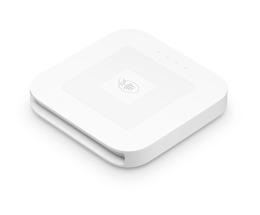
the new sq. reader remains compact, thin, bright, white, and sparingly decorated with symbols and lights. through sheer minimalistic simplicity, it targets to make it as obtrusive as possible for a consumer to understand find out how to pay. when you’ve received a chip-enabled card, you dip it into the slot on the front. if you are paying by way of Apple Pay or another NFC-powered provider, you tap the highest of the reader. (there is no mag-stripe slot: purchase the brand new reader, and also you also get an outdated-faculty, headphone-jack reader for such transactions.)
Oh, and for all which is changed, the shape of the new reader evokes square’s previous fashions, its name, and its brand. “clearly we stuck with the square,” Dorogusker says. “it is a pleasant design constraint when it’s your organization title. The job of our industrial design from the beginning has been to keep in touch the utility, to communicate to all sides of the counter what’s speculated to occur. Our function is that folks will recognize this as, ‘Oh, i can pay with my cellphone right here. that is how one does that.'”
Do-It-yourself Design
The natural outcome of sq.’s determination that the new reader should proceed to emphasise sleekness and simplicity used to be that it ended up engineering the tool itself relatively than purely assembling off-the-shelf elements. “this is know-how that was invented awhile ago, and it wasn’t built for cell,” Dorogusker says of the functionality which the corporate wanted to include. “there is a number of baggage in designing one thing that is truly mobile and really small. Which usually approach digging in and going again and doing it from scratch.”
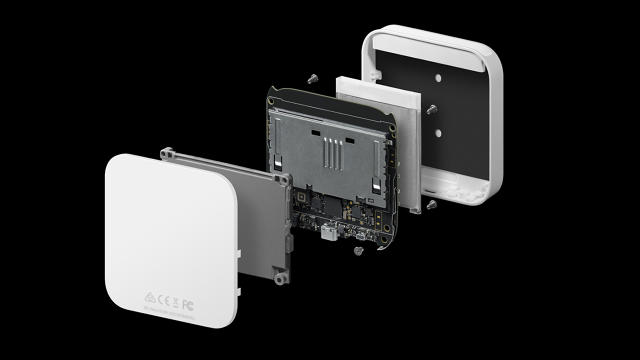
As with a brand new smartphone, the whole lot is packed in like a dense, three-d jigsaw puzzle, and antenna reception and battery existence—the reader can operate tons of of transactions before requiring recharging—are key concerns. “The NFC antenna is shockingly small,” says Dorogusker. “It goes proper up in opposition to the battery, which antennas do not always love.”
sq. additionally took on the accountability of engineering its own device. “There are dozens of places where that you may purchase EMV software stacks, however we don’t wish to do any of that, as a result of we wanted to have finish-to-end control of the gadget,” Dorogusker says. through writing its own code, square was once ready to control energy consumption in a method that’s not an issue with standard fee terminals that don’t run off batteries. It was additionally able to dump some computation duties into its iOS and Android apps, lowering the necessity for round-commute communique between reader and cellular tool and thereby conserving battery juice.
taking over a lot responsibility permits square to operate each chip-card and NFC transactions as quickly as imaginable. “We’re haggling over milliseconds, repeatedly,” says Dorogusker, who’s been recognized to time the chip-card payment course of at target checkouts.
Doing the whole lot right and hitting an inexpensive worth point, he provides, was once a problem in itself. sq. is promoting the brand new reader for $49—low-cost with the aid of payment-terminal standards, but larger than previous incarnations of the reader similar to the current version of the mag-stripe version, which it now gives away. (throughout the brand new reader’s pre-order period, it did offer it to some current sq. retailers free of charge, and tried a deal which gave customers $49 in processing credit score, reducing the efficient worth to $zero.)
at the Counter
among the many beta testers of the new square reader was once Honey Butter rooster, a Chicago restaurant which, as cofounder Josh Kulp explains it, “tries to do the more or less food that individuals want to devour, but the use of in point of fact excellent elements.” The three-12 months-outdated eatery has used sq. seeing that its earliest days, when it was a sequence of pop-up occasions with out a everlasting region. lately, it uses more than one iPads running sq.’s sq. Register app as its point-of-sale system.
“I contacted sq. almost in an instant after Apple introduced Apple Pay, they usually certain me something used to be coming,” Kulp says. That one thing was the new reader. When it arrived, “we plugged it in, and it labored straight away. There was nothing to determine.”
The restaurant nonetheless finds it useful to submit signage at the counter reminding its buyers about the new methods to pay, however Kulp says that his prior expertise with sq. reassured him that fried-chicken fanatics would soon adjust. “Even three years in the past, we had to give an explanation for to people who they had to sign with their finger. That was a handy guide a rough transition. Now everyone from 10 to ninety is aware of. With the chip-card reader, for a few weeks it used to be bizarre. Now it can be simply what you do.”
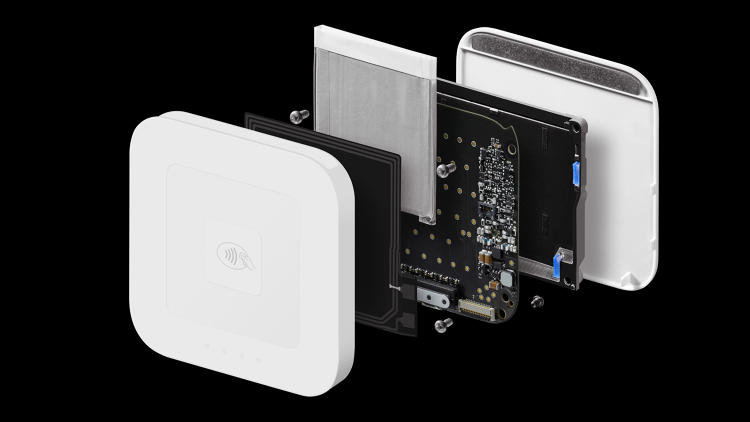
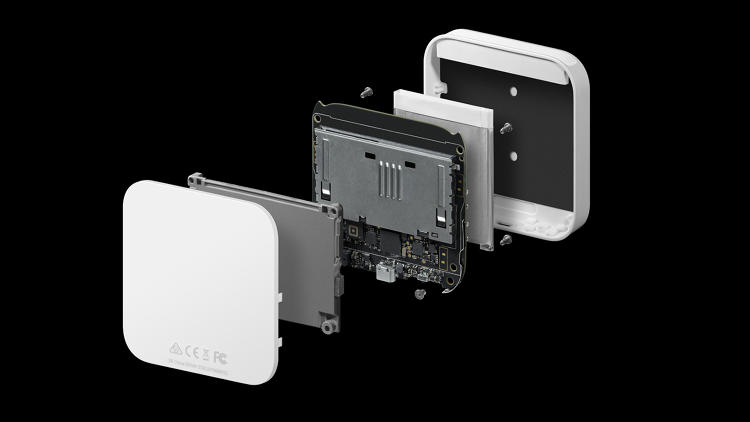
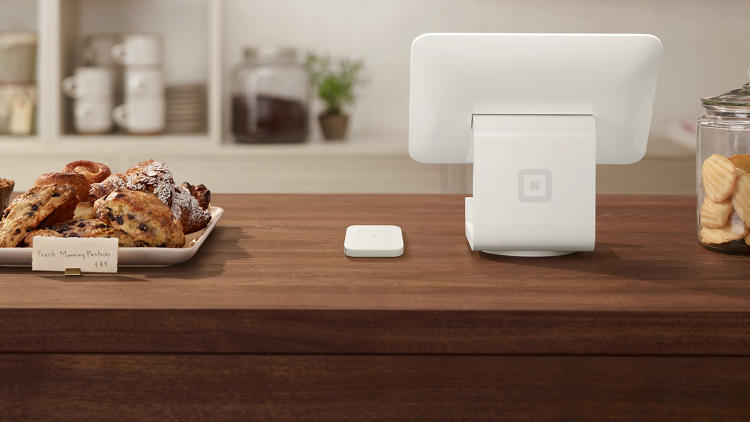

(41)

